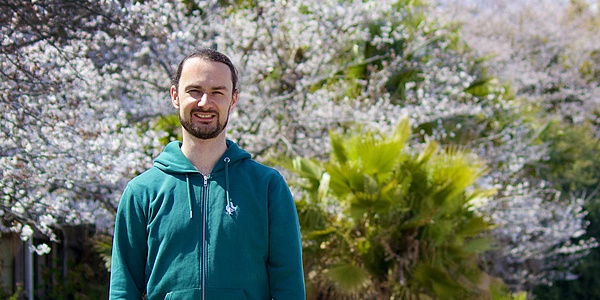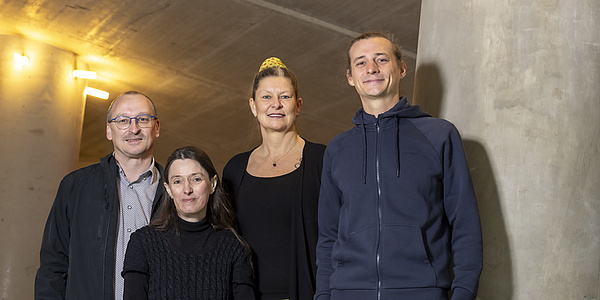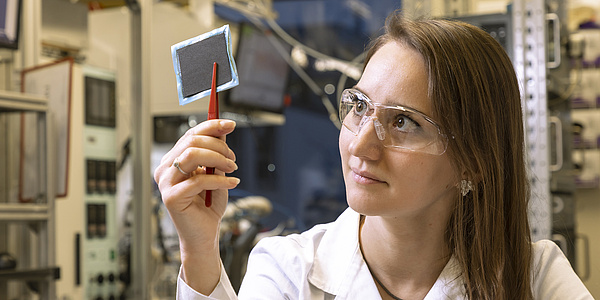Interview with Robbin Steentjes: Let the sun shine in!
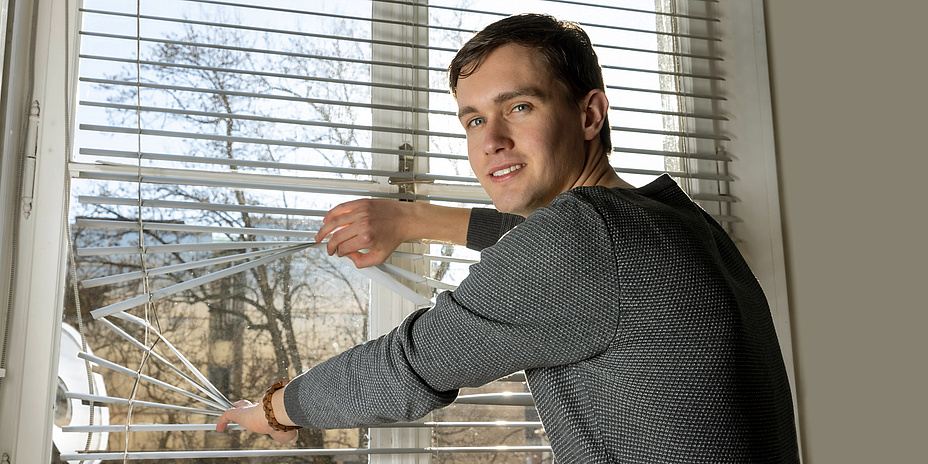
The idea of the Dutchman is simple and efficient at the same time: let’s just let the sun shine in during the winter. Let’s roll up the blinds and shades, especially in the cold months, and allow the sun to shine in. By doing this, we use the free thermal energy of the sun and save on heating costs.
TU Graz people: Congratulations – you’ve won the top prize! What made you decide to take part in the competition?
Robbin Steentjes: I also try to save energy in my private life. But the overall savings potential is of course many times greater for a university. The competition was therefore an excellent opportunity to collect ideas and to introduce and implement them on a larger scale. I also enjoy playing around with (energy) data.
Can you briefly describe your award-winning energy saving proposal?
Robbin Steentjes: You don’t need solar panels or a PV system to harness the power of the sun. The sun shines on buildings and through windows all year round, warming buildings very efficiently. The amounts of energy that radiate onto windows in the heating season are huge, and for some orientations even higher than in summer. However, this free energy is often neither let in nor used because blinds are unnecessarily lowered. Opening blinds (completely) can significantly reduce heating requirements. My calculations also show this.
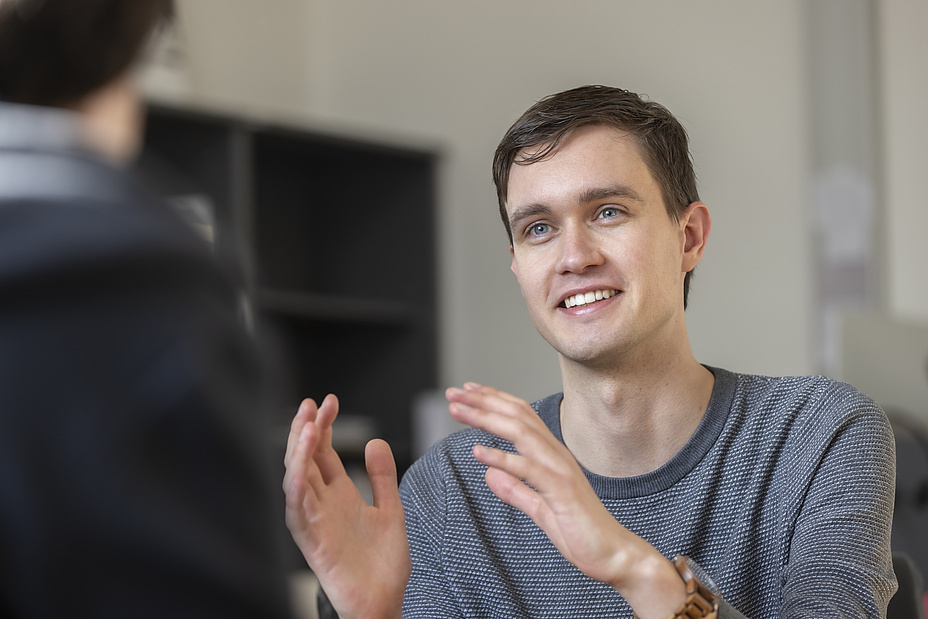
How did you carry out the calculations?
Robbin Steentjes: By using a combination of the position of the sun in the sky and weather data. The position of the sun in the sky is constantly changing from minute to minute for the Graz location. Fortunately, you can access this data online. The position also determines how much energy is lost to atmospheric absorption. Then, using geometric considerations, you calculate how and at what angle the beam hits a window. Does the sun shine in vertically or at a certain angle? Finally there is a correction factor for the weather, based on monthly sunshine hours. The result of this calculation is remarkable. On 340 sq.m of south-facing windows, 165 MWh of energy radiates in from October to March, which is one percent of the annual heating requirement of TU Graz. (Compare source in the TU4U)
In autumn 2022 TU Graz launched an energy-saving competition, 71 ideas were submitted. Robbin Steentjes won top prize for his energy-saving proposal.
How did you come up with this idea?
Robbin Steentjes: You can just feel how strong the sun is when it shines in. In the “Solar energy use” course I learned how to use the sun actively and passively. In an unnecessarily darkened room, I once wondered whether it would be worth opening the blinds, and then just started doing the maths.
How are you careful to save energy in your private life?
Robbin Steentjes: As I said, where there is heat, a lot of energy is being consumed. Proper ventilation and heating brings about great savings with little effort. When cooking, you save energy by using a lid or turning down the hob so that the water stays boiling with the lowest possible energy consumption. At home, the boiler is also set up in such a way that too much or excessively hot water is never unnecessarily prepared and stored.
